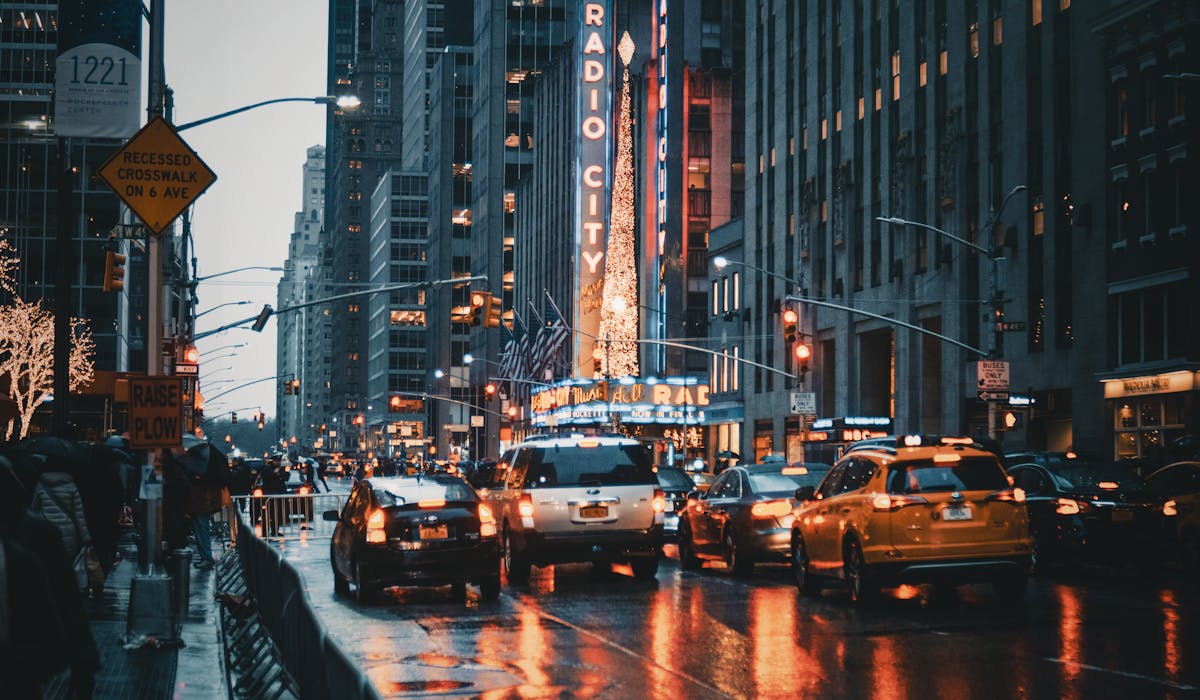The Of Framing Streets
Wiki Article
Unknown Facts About Framing Streets
Table of ContentsThe Best Strategy To Use For Framing StreetsAll about Framing StreetsAn Unbiased View of Framing StreetsThe 9-Minute Rule for Framing StreetsRumored Buzz on Framing StreetsSome Known Facts About Framing Streets.
Photography genre "Crufts Canine Program 1968" by Tony Ray-Jones Street digital photography (likewise occasionally called candid photography) is digital photography conducted for art or inquiry that features unmediated possibility experiences and arbitrary events within public locations, usually with the objective of recording pictures at a definitive or touching minute by mindful framework and timing. 
His boots and legs were well defined, yet he is without body or head, because these were in activity." Charles Ngre, waterseller Charles Ngre. https://detts-mccleocy-skath.yolasite.com/ was the very first professional photographer to obtain the technological class needed to register individuals in movement on the road in Paris in 1851. Professional Photographer John Thomson, a Scotsman collaborating with reporter and social lobbyist Adolphe Smith, released Road Life in London in twelve month-to-month installments starting in February 1877
Framing Streets Can Be Fun For Everyone
Eugene Atget is considered a progenitor, not due to the fact that he was the first of his kind, yet as a result of the popularisation in the late 1920s of his document of Parisian streets by Berenice Abbott, that was inspired to embark on a similar documentation of New york city City. [] As the city established, Atget assisted to promote Parisian roads as a worthy subject for photography.
Framing Streets Can Be Fun For Anyone
Martin is the very first recorded digital photographer to do so in London with a masked electronic camera. Mass-Observation was a social study organisation established in 1937 which aimed to record everyday life in Britain and to tape the responses of the 'man-in-the-street' to King Edward VIII's abdication in 1936 to wed separation Wallis Simpson, and the sequence of George VI. In between 1946 and 1957 Le Groupe des XV every year exhibited job of this kind. Andre Kertesz. Circus, Budapest, 19 May 1920 Street digital photography created the major web content of 2 exhibits at the Gallery of Modern Art (Mo, MA) in New York curated by Edward Steichen, 5 French Photographers: Brassai; Cartier-Bresson, Doisneau, Ronis, Izis in 1951 to 1952, and Post-war European Photography in 1953, which exported the concept of street photography internationally.
The 10-Minute Rule for Framing Streets
, then an instructor of young kids, associated with Evans in 193839.'s 1958 publication,, was significant; raw and commonly out of emphasis, Frank's images examined mainstream digital photography of the time, "challenged all the formal regulations laid down by Henri Cartier-Bresson and Pedestrian Evans" and "flew in the face of the wholesome pictorialism and sincere photojournalism of American magazines like LIFE and Time".Report this wiki page